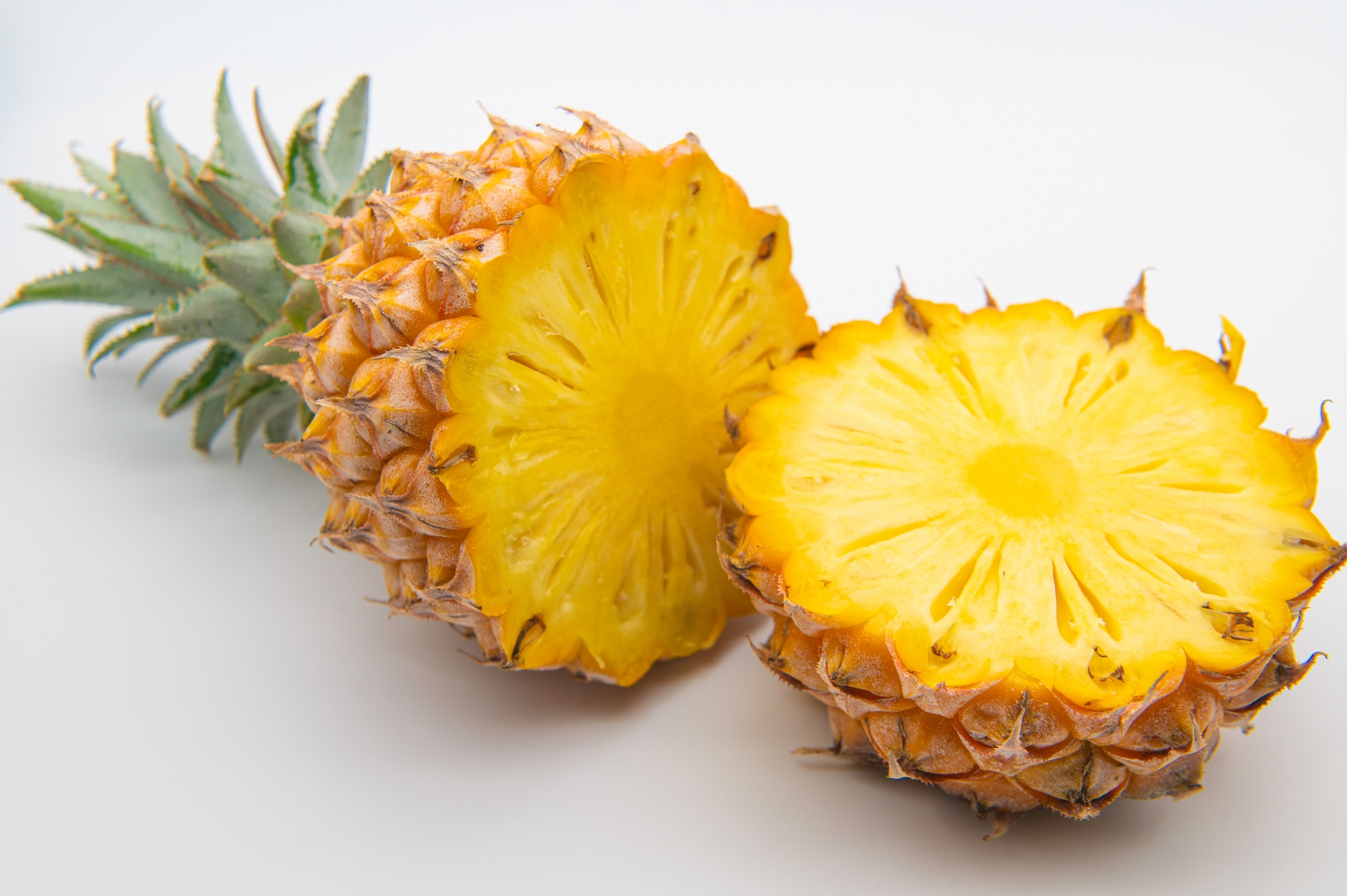Possibility of ceramide, a component derived from pineapple
Possibility of ceramide, a component derived from pineapple
Introduction: Plant-derived ingredients attracting attention
In recent years, skin care products that utilize naturally derived ingredients have been attracting attention. Among these, research is underway into the potential of pineapple-derived ingredients, especially pineapple ceramide. In this column, we will explain the characteristics and possibilities of pineapple-derived ingredients.

What are pineapple-derived ingredients?
Basics of plant-derived ingredients
Plant-derived ingredients are a general term for ingredients extracted from various plants. These ingredients take advantage of the properties of each plant and are used in cosmetics and health foods.
Ingredients contained in pineapple
Pineapple contains a variety of components, including vitamin C, bromelain, phytochemicals, and ceramides. Research is underway on the possibility that these ingredients may contribute to maintaining skin health.
About pineapple ceramide
What is ceramide?
Ceramide is a type of lipid that exists in the stratum corneum of the skin, and is known to play an important role in the skin’s barrier function and moisture retention. Individual effects vary, and research is ongoing into its role and effects.
Ceramides derived from pineapple
Pineapple ceramide is a ceramide extracted from the peel and leaves of pineapple. Ceramides derived from plants are called “phytoceramides,” and it has been suggested that they may have a high affinity for the skin, and further research is required into their usefulness.
Characteristics of pineapple-derived ingredients
Effect on skin barrier function
Ceramides are known to play an important role in skin barrier function. Research is also being conducted on pineapple ceramide from this perspective.
A 2021 study investigated the effects of plant-derived ceramides on the structure of the stratum corneum and suggested that plant-derived ceramides may contribute to maintaining barrier function.
Potential of pineapple-derived ingredients in skin care
1. skin moisture retention
The aforementioned research results suggest that pineapple-derived ingredients, especially pineapple ceramide, may contribute to skin moisture retention.
2. Maintaining skin health
Pineapple-derived ingredients may help maintain skin health, as they contain antioxidants.
Summary: Possibilities and future prospects of pineapple-derived ingredients
Ingredients derived from pineapple, especially pineapple ceramides, may contribute to maintaining skin health.
However, it is important to recognize that many of these effects are based on limited research results and that there are large individual differences. There are also many areas that require further research, such as the long-term effects of pineapple ceramide use and the differences in effects on different skin types.
In the future, it is expected that research on pineapple-derived ingredients, especially pineapple ceramide, will progress further and that its properties and effects will be elucidated in more detail. At the same time, the development of new skin care products that utilize these ingredients will likely progress.
When using products containing pineapple-derived ingredients, it is important to read the product instructions carefully and follow the correct usage instructions. Also, please use while observing the condition of your skin, and if you feel any abnormality, please stop using it and consult a medical institution if necessary.
The world of skin care that utilizes naturally derived ingredients is expected to continue to develop further in the future. Pineapple-derived ingredients, especially pineapple ceramide, may bring new possibilities to our skin care. Finding a skin care method that suits you is the key to maintaining healthy skin.
Supervisor

- President
- Born in Gunma Prefecture in 1965, he completed his doctoral studies at the Graduate School of Agricultural Science at Tokyo University of Agriculture (PhD), and served as a special research fellow at the Japan Society for the Promotion of Science, a part-time lecturer at Tokyo University of Agriculture, and an associate professor and professor at Takasaki University of Health and Welfare before becoming a professor at Tokyo University of Agriculture in April 2012. He is a professor at the same graduate school, and will be the president of Tokyo University of Agriculture in April 2021. He will be the chairman of Tokyo University of Agriculture in July 2023.
School he attended
April 1984 - March 1988 Graduated from the Department of Forestry (Forestry Science Course), Faculty of Agriculture, Tokyo University of Agriculture
Degrees he received
Tokyo University of Agriculture - Doctor of Forestry
Career history within the university
April 2012 - Ongoing Professor, Department of Forest Science, Faculty of Regional Environmental Science, Tokyo University of Agriculture
April 2016 - Ongoing Director, Food and Agriculture Museum, Tokyo University of Agriculture (Other organizations)
April 2021 - Ongoing President, Tokyo University of Agriculture
Academic societies and committees he has been affiliated with
April 1985 - Ongoing Japan Wood Research Society
June 1988 - Ongoing Japanese Mushroom Society
April 1995 - Ongoing Japanese Society of Inflammatory and Regenerative Medicine
April 1995 - Ongoing Japanese Society of Bioscience, Biotechnology, and Agricultural Chemistry
May 1995 - Ongoing Applied Pharmacology Research Society
Latest Posts
- November 27, 2025 Functionality of pineapple ceramide Clinical trial: Effects on moisturizing efficacy
- October 30, 2025 Functionality of pineapple ceramide Pineapple Cultivation and Nutritional Value
- September 30, 2025 Functionality of pineapple ceramide Storage Methods and Tips for Maintaining the Freshness of Pineapple
- August 27, 2025 Functionality of pineapple ceramide Mechanisms of Melanin Suppression and Spot Prevention by Pineapple Ceramide
- February 19, 2025 Functionality of pineapple ceramide Possibility of ceramide, a component derived from pineapple








